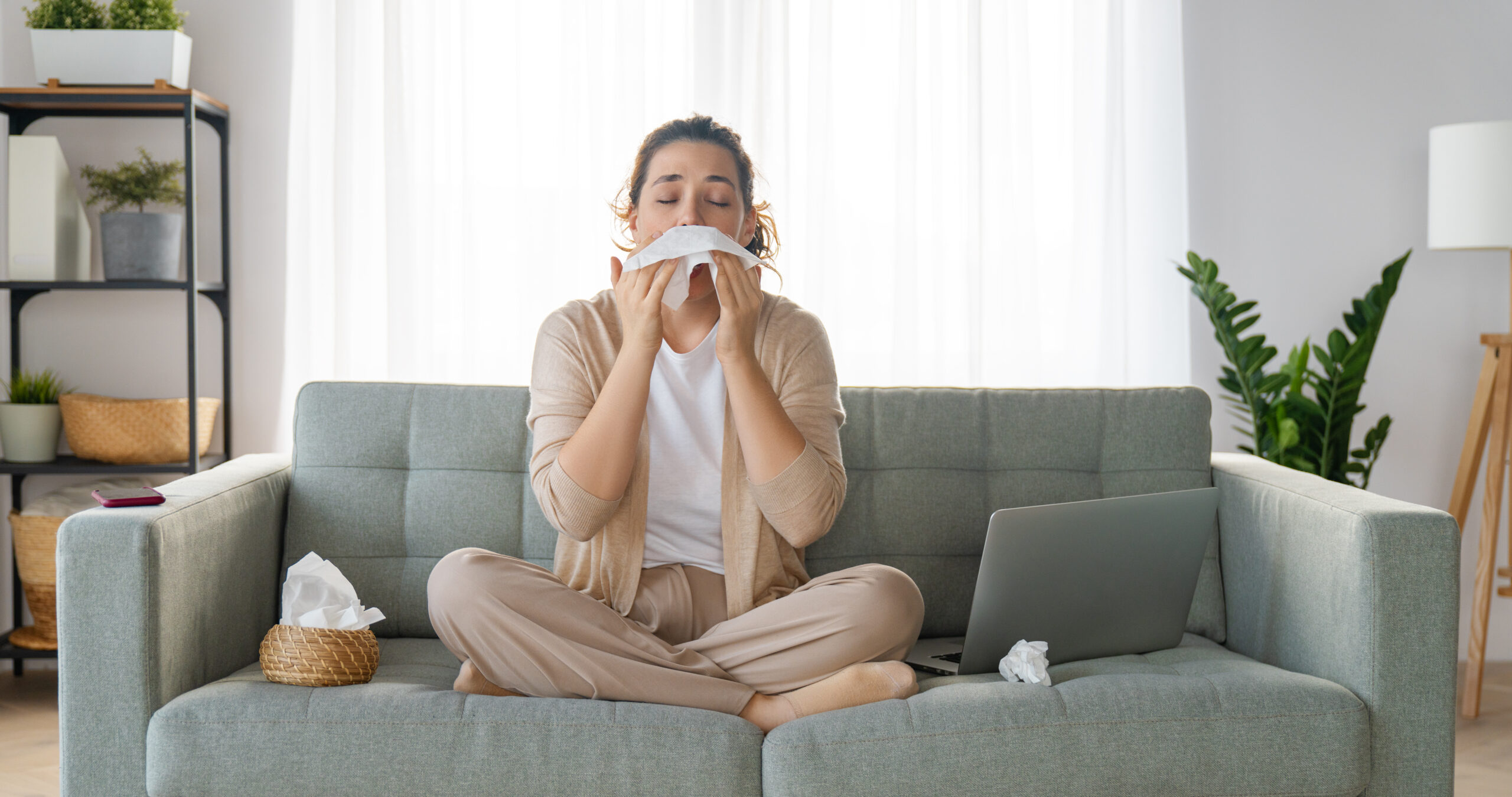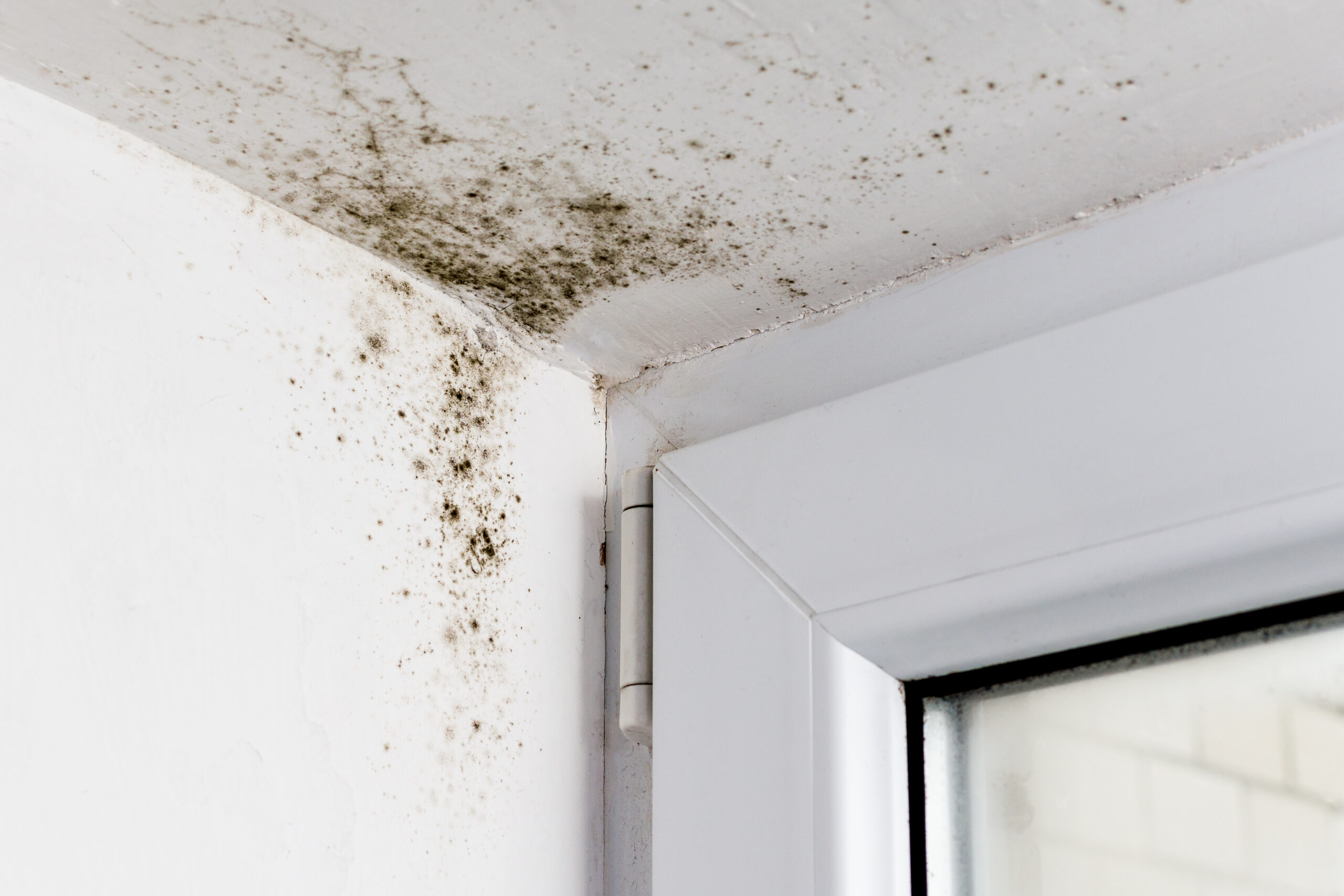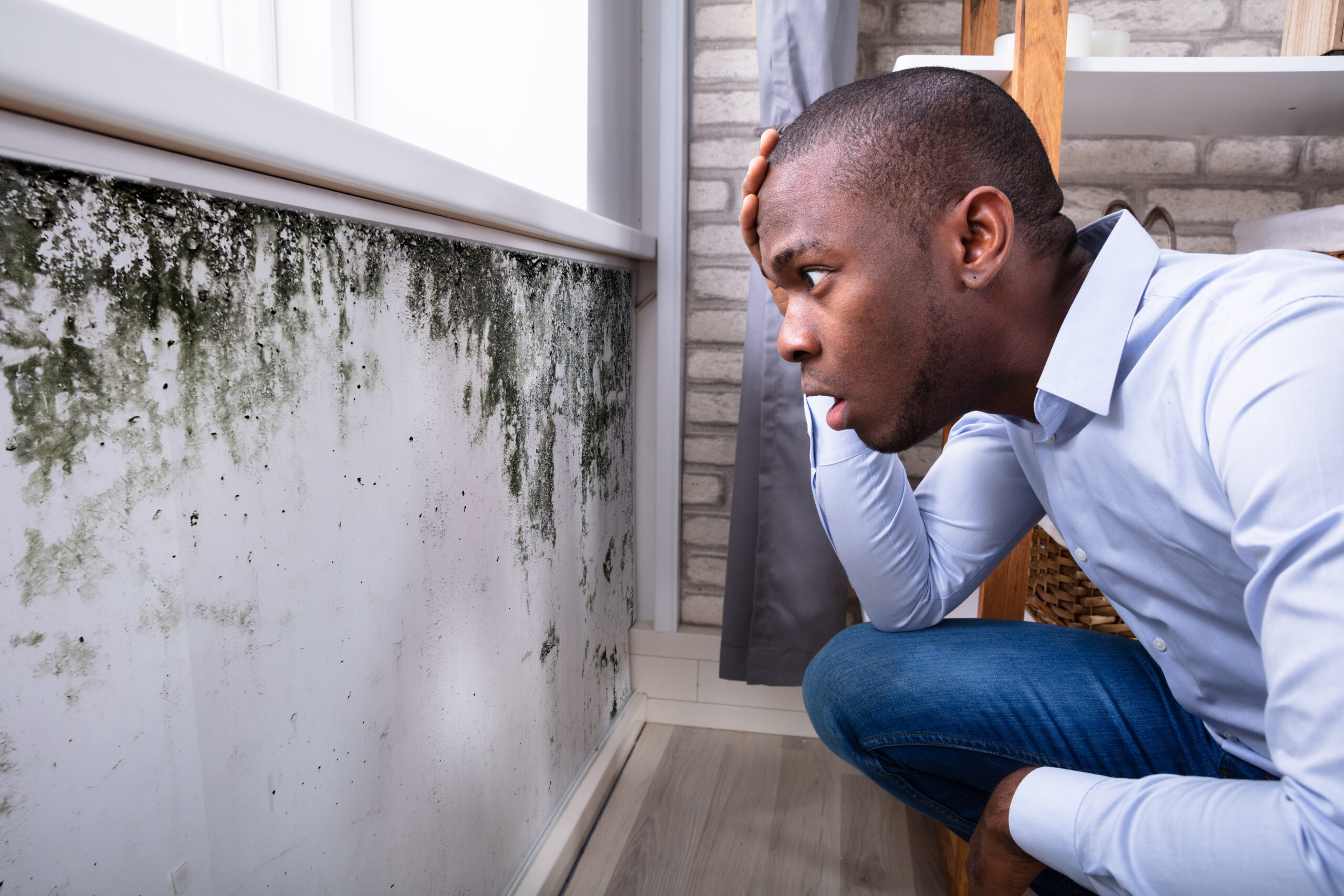What Does Black Mold Look Like? A Homeowner’s Guide to Recognition
Imagine doing spring cleaning, moving a bookshelf, and spotting a dark, fuzzy patch on the wall. Is it just dust, or something more sinister? For many homeowners, identifying black mold can feel like solving a mystery. They don’t know the details related to black mold.
But don’t worry, we’re about to turn you into a regular Sherlock Holmes of household fungi. Let’s dive into the world of black mold and answer your most common query ‘what does black mold look like.’
The Multiple Faces: What Does Black Mold Look Like?
Being a homeowner, recognizing and spotting black mold can be a daunting task initially, but with a few clues and guides, you can easily pinpoint it from afar.
Without further ado, let’s get down to the business of how to spot black mold in your home.
Color Spectrum
When we talk about what black mold looks like, we’re dealing with a whole color palette. Despite its name, black mold isn’t always black. It’s like that chameleon at the office party, changing its appearance to blend in. The classic look is dark green to black, but it can also appear gray with a powder-like texture, often confused with soot.
In its early stages, it might be white and thread-like. When feeding on wood, it can take on orange or brown hues. Less commonly, you might even spot pink or purple mold on wallpaper or fabrics.
The color can change as the mold grows and spreads, so don’t rule out mold just because it’s not pitch black.
Texture and Appearance
Another thing that can help you withblack mold identification is its texture and looks. The texture can be a dead giveaway. Black mold often appears slightly gelatinous or velvety, like a bad carpet sample. In very damp areas, it might look slimy however, when it’s dry or old, it can take on a powdery or flaky appearance.
Besides that, when it comes to appearances it forms small clusters that look like dots, or it might create raised mounds or hills on surfaces. Remember, mold is a living organism so it grows, spreads, and changes over time. What starts as a few spots can turn into a fuzzy nightmare if left unchecked.
The Smell Test
Sometimes, you can do black mold identification with a smell test. You can definitely smell black mold before you see it. It’s like nature’s not-so-pleasant air freshener. The odor is often described as musty, similar to old books or damp cardboard.
It might also have an earthy scent, reminiscent of rotting leaves or compost. In some cases, it can produce a sharp, pungent odor that’s hard to miss. Once you catch a whiff of these scents, especially in damp areas, it’s time to play detective.
Location
The indoor mold species, black mold loves moisture-rich environments. You will find them around the shower curtains, bathtubs, under sinks, and behind toilets in the bathrooms. Don’t forget to inspect grout lines and caulking.
Kitchens are another hotspot, particularly under the sink, behind and under refrigerators, and around dishwashers and washing machines.
In attics and roofs, look near leaks or areas with poor ventilation, and don’t forget to check around chimneys and vents. Windows and doors can harbor mold on frames and sills, particularly if there’s frequent condensation.
Lastly, don’t overlook hidden spaces. Mold can thrive behind wallpaper or drywall, under carpets or floorboards, and even inside air conditioning units. Always be vigilant when you are going for an inspection else you might miss the spots.
The Mold vs. Mildew Showdown
Mold and mildew are like cousins – related, but different. Mildew is usually grey or white with a powdery texture and stays on the surface, making it easier to clean.
Black mold, on the other hand, comes in darker colors, has a woolly, soft, or slimy texture, and tends to penetrate the surface, making it more challenging to remove and you often need professional black mold removal services. While mildew is no picnic, black mold is the real troublemaker you need to watch out for.
Health Hints
Sometimes, your body notices the presence of black mold. Watch out for respiratory issues like coughing, wheezing, or difficulty breathing. Allergic reactions such as sneezing, runny nose, and red eyes are also common symptoms. Moreover, skin irritation, including rashes or unexplained skin problems may also be seen.
Also, some people experience neurological symptoms like headaches, memory problems, or mood changes. Unusual fatigue might also be a sign.
If you’re experiencing these symptoms and can’t find an obvious cause, it might be time to go on a hunt for mold removal services. These services can help you with a query on how to spot black mold in your home.
DIY Detection: Home Tests for the Curious
While professional testing is always best, there are a few DIY methods to help you discover potential black mold.
The bleach test involves applying a few drops of bleach to the suspect area. If it lightens quickly or returns after cleaning, it might be moldy.
A black-light test can be useful, as some molds glow under UV light. You can also try a swab test by gently rubbing the area with a Q-tip. If it picks up residue easily, it could be mold. Remember, these tests aren’t foolproof. When in doubt, don’t wait to consult a professional.
When to Call in the Pros: Professional Inspection and Testing
While DIY methods can be helpful, there are times when professional inspection and testing are crucial. If you’ve spotted what you think is black mold but aren’t sure, or if you’re experiencing health symptoms without visible mold, it’s time to call in the expert mold remediation services in Tampa.
Professional mold inspectors have specialised equipment like moisture meters, thermal imaging cameras, and air sampling devices that can detect hidden mold and identify the specific types present. They can also assess the extent of the problem and recommend appropriate remediation strategies.
This is particularly important if you’re dealing with a large area of suspected mold (more than 10 square feet) or if you have underlying health conditions that might make you more susceptible to mold-related illnesses. Remember, when it comes to black mold, it’s better to be safe than sorry.
The Cleanup Crew
If you’ve found some unwelcome guests, the first question would be how to get rid of black mold. Start with safety – wear protective gear like an N95 mask, gloves, and goggles.
Ventilate the area and keep others away during cleanup. Contain the affected area by sealing it off with plastic sheets and turning off HVAC systems to prevent spore spread.
At the same time, address moisture issues by fixing leaks and using dehumidifiers to reduce humidity.
For small areas on hard surfaces, you can use vinegar, hydrogen peroxide, or a commercial mold cleaner. However, when disposing of moldy materials, double-bag them and dispose of them properly.
After cleanup, focus on prevention. Keep areas dry and well-ventilated, use mold-resistant products in high-risk areas, and perform regular inspections and maintenance.
For larger infestations (more than 10 square feet), it’s best to call in professional mold removal and remediationservices.
The Bottom Line
Mold growth in homes can cause health issues and structural damage, making it crucial to know how to spot and address it early. Among various types of mold, black mold (Stachybotrys chartarum) is particularly concerning due to its potential health risks.
Black mold isn’t always black, and not all dark patches are mold. Its appearance can vary in color and texture, and sometimes the smell or your health symptoms might be the first clue.
While DIY tests can help, professional mold testing services are more reliable for conclusive results. With this guide, you now know ‘what does black mold look like’and how to deal with it. Keep your eyes peeled, your nose alert, and your home dry to avoid these uninvited guests.




